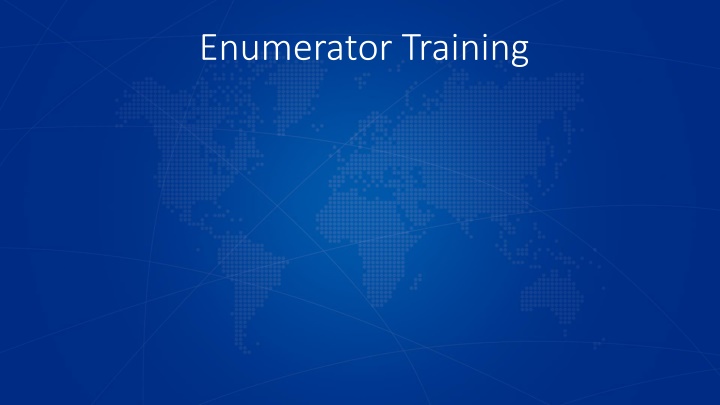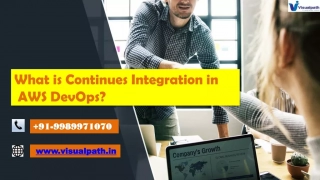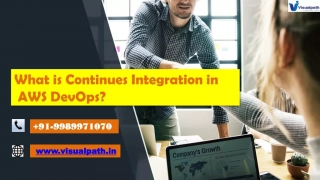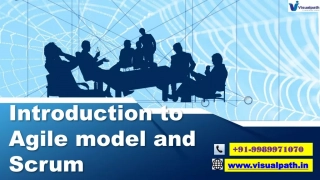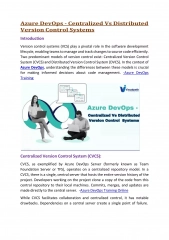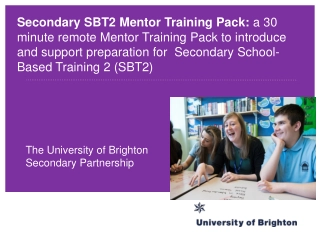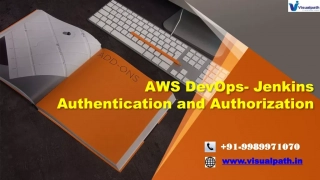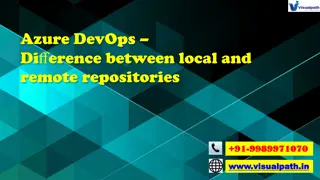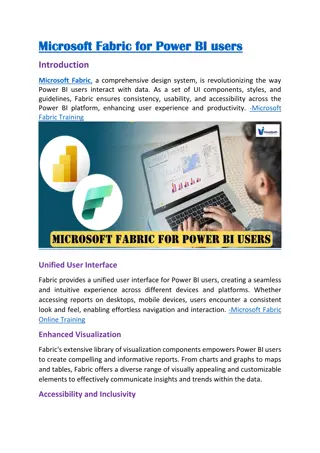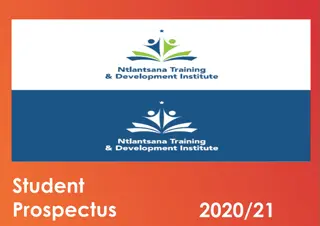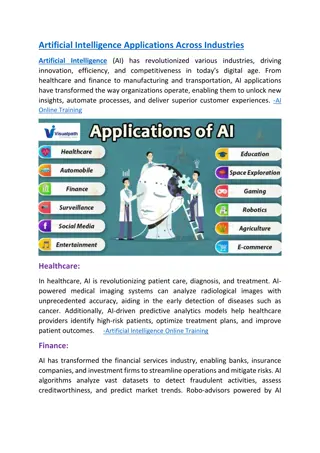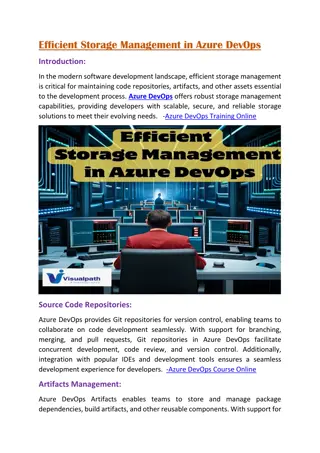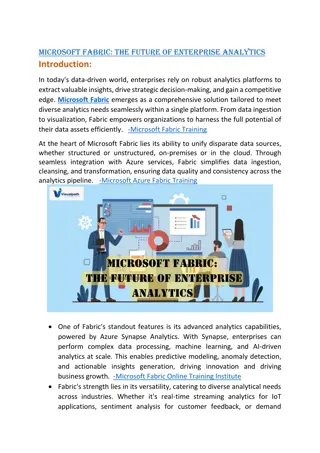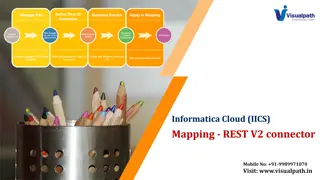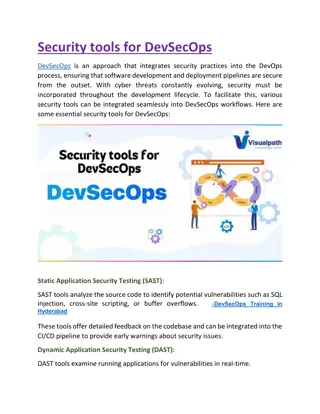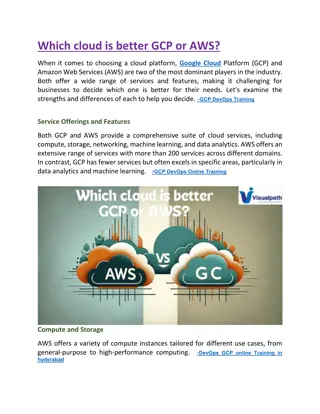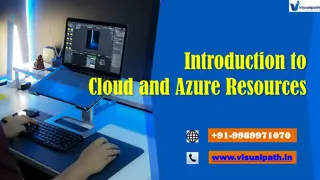Enumerator Training
The Enumerator Training Agenda covers a range of topics including enumerator responsibilities, ethical assessment principles, data collection methods, and practical sessions on using KOBO. The principles of ethical assessment emphasize respect for persons, justice, do no harm, and protection from sexual exploitation and abuse. The training also highlights the importance of informed consent in assessments, ensuring participants understand the purpose, risks, and benefits of their participation.
Download Presentation

Please find below an Image/Link to download the presentation.
The content on the website is provided AS IS for your information and personal use only. It may not be sold, licensed, or shared on other websites without obtaining consent from the author.If you encounter any issues during the download, it is possible that the publisher has removed the file from their server.
You are allowed to download the files provided on this website for personal or commercial use, subject to the condition that they are used lawfully. All files are the property of their respective owners.
The content on the website is provided AS IS for your information and personal use only. It may not be sold, licensed, or shared on other websites without obtaining consent from the author.
E N D
Presentation Transcript
AGENDA AGENDA Coffee and round-table introductions 9:00AM-9:30AM -Enumerator responsibilities -Principle of Ethical assessment and Confidentiality -Salary and Reimbursement Interview Guidance What qualities make someone a good enumerator Interpersonal communication skills Type of questions (multiple and close ended questions) Coffee 10:30-10:45 9:30AM-10:30AM -Data collection Methods and Best Practices -Information Collection and Data management: Do s and Don ts - Safe management of incidents, provision of information and referrals 10:45AM-12:00 Lunch 12:00-1:00 -Sample list -Reporting Lines Introduction to KOBO Practical Session -How do download and set up -Questionnaire walkthrough -How to save, edit and upload the final form to the server 1:00PM-1:30PM 1:30PM-4:30PM
Enumerator Responsibility Identify each of the target households to which they are assigned and administer Household questionnaire to each household. Ensure that their daily target number of surveys is met, and that they administer the questionnaire to the identified households in a professional manner. Refer to their supervisor any doubts or questions arise throughout the survey. Maintain a record of work progress. Submit their completed forms. Follow the Code of Conduct. Sign the enumerator Enumerator Code of Conduct and Non-Disclosure Agreement
What are the principles of ethical assessment? Respect for persons: Respect for persons: Participants must have understood the assessment and have the freedom to participate or not, and to stop participating in an activity at any time. Justice: Justice: Participants must be treated fairly. The burdens and benefits of the assessment must be evaluated while designing/implementing the assessment. Do no harm: Do no harm: If there is any reason to believe that carrying out an interview will cause the individual to be worse off than before, it should not be undertaken at that time. Protection from Sexual Exploitation and Abuse (PSEA): Protection from Sexual Exploitation and Abuse (PSEA): Enumerators understand their role in PSEA and in no circumstance carry out forms of abuse in a sexual nature, whether actual or threatened.
Informed consent assessment. assessment. You must always make sure that you have the consent of the person participating You must always make sure that you have the consent of the person participating in the in the Introduce yourself and explain briefly the purpose of the assessment and that participation is on a voluntary basis Get the person s explicit, verbal consent Informed consent means that participants know: what will be done with the information provided the information provided; the expected length expected length of the interview; the risks and benefits risks and benefits of participating in the interview; the procedure to ensure confidentiality procedure to ensure confidentiality; and who to contact who to contact if she or he has any questions. expectations expectationslinked to participation (ie. no incentives or payment; not linked to receipt of services or goods)
Confidentiality Confidentiality means keeping information private (in notes, reports and forms), and controlling who has access to this information. This is important to protect participants from any risks. Information that need to be kept private are: Personal information: Participant names and other identifying information (age, sex, nationality, place of origin). Sensitive notes, transcripts and other records taken during the assessment. All IOM enumerators must sign a confidentiality agreement prior to the start of the assessment
Form and Process Control Every Form will be well controlled and tracked. Forms all have a unique identification number Each enumerator will be allocated a device, with a unique serial number This information is gathered automatically, and tracked by the assessment team
Salary and Reimbursement Upon successful completion of the assignment as certified in writing by each supervisor, enumerators will be paid the fees specified in their Letter of Appointment through their individual bank account that you will have provided. Enumerators will be paid ## naira a day, estimated for ## days. (You will not be paid the days you haven t worked but according to the time sheet)
HUMAN RESOURCES: Mandatory required documentation (CVs and IDs/passports). Absence of ID fill out the standard HR form Issuance hourly contracts (8 hours a day with 1 days rest in a week) Senior enumerator usd XX hourly equivalent to USD XX a day. Enumerator usd XX hourly equivalent to usd XX a day Job description which must be strictly observed Development of workplan. Snr enumerators to take lead Timesheets. Confirmation of attendance to work Work as a team. Support IOM Policies, IN/15: IOM s Standards of Conduct IN/90: Policy for a Respectful Working Environment IN/234: Policy and Procedures for Preventing and Responding to Sexual Exploitation and Abuse IN/138: IOM s Data Protection Principles (Annex IV) IN/123: IOM s IT Policies and Guidelines IN/142: Policy on Reporting Irregular Practices, Wrongdoing and Misconduct IN/202: Mandatory Security Requirements for IOM Personnel
LOGISTICS Transportation stipend provided upto USD 100 on a monthly basis Log sheets must be properly filled out Data bundles / communication allowance top up done by the vendor. Give correct phone numbers Stationery s provided through a reimbursement Assets assigned to specific people must be returned to the organization.
FINANCE Payment of enumerators incentives Signed contracts Duly filled timesheet Completion of the assignment and this will be after a confirmation from IM team that the job is well done Payments will be done for the numbers of days worked Payment of vehicle Correctly filled out Log sheet
Administrative reminders Doing things properly from the beginning saves time and energy Doing things properly from the beginning saves time and energy Any incomplete or erroneous information will be returned sooner or Any incomplete or erroneous information will be returned sooner or later later Key things to keep in mind/check: Key things to keep in mind/check: Are all documents complete Are all documents complete Are all documents signed by the right person Are all documents signed by the right person Were there any omissions requiring a NFF / exceptional approval Were there any omissions requiring a NFF / exceptional approval
Communication skills What qualities make someone a good enumerator? Integrity (Being honest) Respect Compassion Professionalism Courtesy Sensitivity If you do not conduct yourself ethically and professionally, you can put respondents at risk. respondents at risk. you can put
Interpersonal communication skills Skills Skills Techniques Techniques Provide examples Detailed descriptions Use images Use non-verbal communication Interact with key informants/respondents Active listening Openness Objectivity Focus on relevant issues Search for understanding Respect those who have a different opinion
Data collection Methods and Best Practices 1. Build Rapport with the respondents: greet and maintain or avoid eye contact as culturally appropriate to build a good rapport with the respondents. 2. Avoid bias: this could include finishing sentences for the respondent; making interpretations of the responses given; and assuming answers for the respondent. 3. Use Active Listening skills: by encouraging the respondents to talk, show interest, feed back to the respondent, ask questions for clarity before entering in the KOBO. 4. Accurate recording: using the words used by the respondent as much as possible. 5. Thank the respondents for their time and information 6. Review the completed form after the interview. 7. Evaluate the process immediately and record challenges encountered, and corrections needed before the next interview.
Information Collection and Data management: Dos Be patient and calm Explain that responding the questions you are asking is totally voluntary will not bring any direct benefit or disadvantage. Provide factual information IF you have it. Be honest about what you know and what you don t know. I don t know but I will try to find out about that for you. Give information in a way the person can understand -keep it simple. Acknowledge how they are feeling, and any losses or important events they share with you, such as loss of home or death of a loved one. I m so sorry Respect privacy. Keep the person s story confidential, especially when theydiscloseveryprivateevents
Information Collection and Data management: Don ts Children: Don t collect data from children younger than 14 years of age Don t pressure someone to tell their story Don t interrupt or rush someone s story Don t give your opinions of the person s situation, just listen. Don t judge what they have or haven t done, or how they are feeling. Don t say You shouldn t feel that way. or You should feel lucky you survived. Don t make up things you don t know. Don t use too technical terms. Don t tell them someone s else s story Don t talk about your own troubles Don t give false promises or false reassurances Don t feel you have to try to solve all the person s problems for them Don t ask for or accept any gifts, favours or loans from the people you interview
Data collection methods Key informants interview Direct interview Direct observation Focus group Measurement and calculation
Key informant interviews Definition Definition: interview with individual(s) who is knowledgeable about the situation in given location(s) e.g. camps, transit point, etc. When conducting a assessment, it is recommended that various key informants are interviewed to cross-check and verify the data provided. Key informants interviews are used for Mobility Tracking (baseline assessment) and Flow Monitoring assessments. To ensure that information collected is representative of all groups, include a variety of key informants, including women! including women!
Direct interviews Definition Definition: interview with individual(s) to gather specific information about his/her profile and needs. Depending of the information collected, it is recommended that the individual is interviewed apart from other persons to maintain confidentiality. Individuals interviews are used for Flow Monitoring surveys (FMS), surveys and registration To ensure that information collected is representative of all groups, include a variety of key informants, including women! including women!
Direct observation Definition Definition: using your eyes and ears to collect information about a specific location Direct observation usually complements already existing assessment technics and is used to check the validity of the information collected through key informant interview, direct interview, focus group discussions. Direct observation takes place in various locations (camps, transit sites, neighborhood). Can be used to understand: conditions in a site/location, availability of services, etc.
Focus group discussion Definition Definition: qualitative research in which a group of people are asked about their perceptions, opinions, etc. Focus group discussions can complement other quantitative data collection methods
Focus group discussion Composing your focus group Composing your focus group Needs to be planned in advance & integrated into your work plan/schedule. Needs to be planned in advance & integrated into your work plan/schedule. Diverse group (age, sex, vulnerability, etc.) to capture perceptions and opinions of those with different needs Safe and comfortable space Seating arranged to facilitate interaction & participation Moderator and translator who are familiar with the exercise Best practice: protection partners to be included in discussion or act as moderator
Focus group discussion Beginning your Focus Group Discussion Beginning your Focus Group Discussion Round of introductions State your name and organization and purpose of the focus group discussion Ensure anonymity of participants Assure participants their opinions are valued Manage expectations Go over agenda and expected length of interview Establish ground rules
Focus group discussion During your Focus Group Discussion During your Focus Group Discussion Establish trust with participants first Start broad and with the easy questions first Questions should always be framed around trends and perceptions within the site rather than about an individual person s or family s experience Always use open-ended questions and active listening skills Take thorough and legible notes
Safe management of incidents, provision of information and referrals While DTM does not usually collect information related to individual incidents (# of GBV cases for instance), some protection-related incidents may be disclosed or brought to your attention during data the interview. By protection-related incidents, it is understood incidents of gender- based violence, incidents affecting children, cases of exploitation or trafficking, or any other serious concerns about the rights and safety of individuals and life-threatening incidents.
What should you do if you come across a person asking for help? Stay calm. Seek advice from your supervisor (without breaching confidentiality). Provide the person with contact details and relevant information to access the Services. Be open and transparent if there are no services available that you are aware of or if you do not know. Know your powers and limitations
What should you do if you come across a person asking for help? In all cases, act right to refuse assistance, and it is important to respect this choice (do not force consent). Do not ask for details Do not ask for details about abuse or violation. Do Do not not investigate investigate the case yourself or rescue the respondent yourself. Do not include personally identifiable information Do not include personally identifiable information on the DTM data collection form. act only only with with informed informed consent consent. An individual has the
What should you do if you come across a person asking for help? Before any data collection exercise, a referral system should be set up to respond to specific cases. Why? When enumerators come across life-saving issues or cases requiring urgent actions, they should know how to refer them, internally or to appropriate service providers. Avoid mixing urgent actions with regular data collection work some cases cannot wait the publication of a DTM report. To which category of incidents, it should apply? Life-threatening incidents For children: a child whose life or wellbeing will be in serious danger if we do not act to protect him/her immediately. When prompted to do so by the person.
Administrative hierarchy Every Enumerator to report to their team leader for any enquires or problems that you may encounter during or after the interviews Team leaders to report to the field coordinator
Sample steps Enumeration areas have been selected, with back-ups ready in case access is not possible Once in the enumeration area where to start depends on the sample Resident coordinates for each interview are marked on the map and provided to you More coordinates have been selected than you will need IDP and returnee Random start point within the enumeration area for each enumerator Each enumerator then follows a walking route through the area Interview each third household
Replacement Enumeration Areas An area may be inaccessible for many reasons, including security and damage to roads The safety of assessment teams and respondents are the overriding concerns 1. If an enumeration area is not accessible, the following steps should be followed: 1. Inform your supervisor, who will inform the IOM focal point 2. Move to your next primary enumerations area to continue the assessment 3. A decision taken on action If the area might become accessible within the assessment period Delay (schedule to attempt the area again at a later date) If the area is not likely to become accessible, or delay has not been successful IOM focal point will select a secondary replacement it will not necessarily be the same assessment team who conduct this replacement
Replacement Household If a household is not available for interview, is not eligible, or does not consent Select the next nearest household for interview This is true for all population target groups After the replacement household has been interviewed continue with the selection process laid out above: Resident proceed to next GPS point IDP and returnee Continue on walking route, selecting every 3rd household
Sample resources 1. A list of enumeration areas 3. Maps to support 1. Primary 1. LGA level 2. Secondary 2. Per enumeration area 2. The list will include: 4. A list of target coordinates for interviews in resident areas 1. Name of enumeration area e.g NG008011_014 5. Support to use: 2. State/LGA/Ward name 1. Avensa maps 3. Coordinates (centre of the enumeration area) 2. GPS arrow lite
